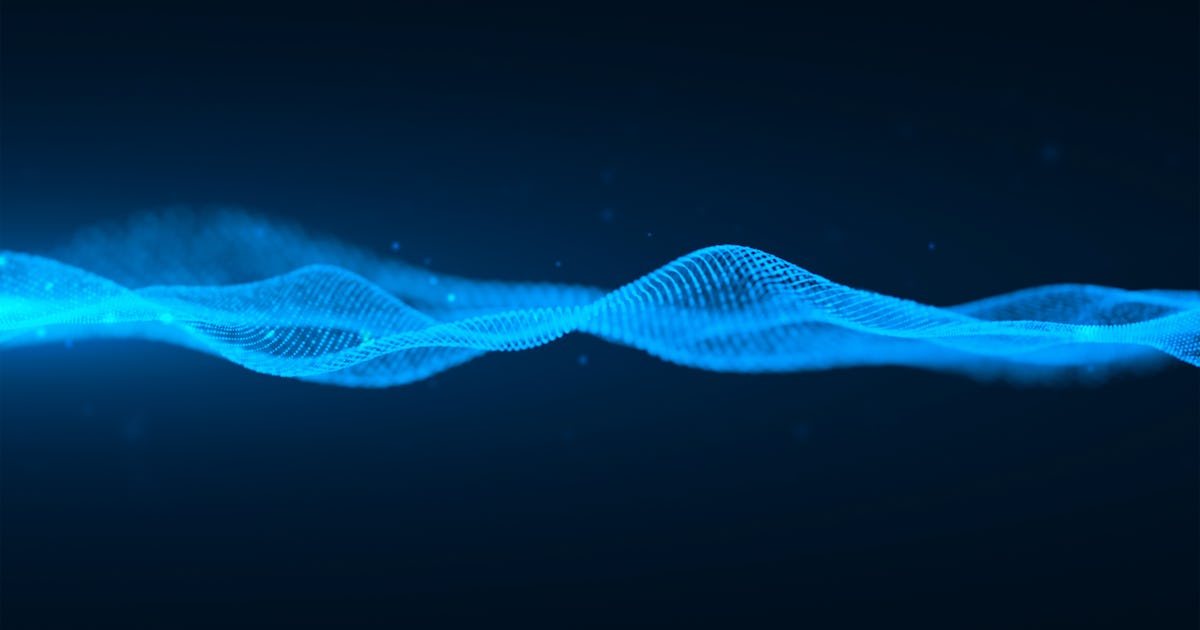
Colliding top quarks reveal hidden quantum magic
Queen Mary University of London physicist Professor Chris White, along with his twin brother Professor Martin White from the University of Adelaide, have discovered a surprising connection between the Large Hadron Collider (LHC) and the future of quantum computing.
For decades, scientists have been striving to build "quantum computers" that leverage the bizarre laws of quantum mechanics to achieve far greater processing power than traditional computers. A recently identified property – amusingly called "magic" - is critical for building these machines, but its generation and enhancement remain a mystery.
For any given quantum system, magic is a measure that tells us how hard it is to calculate on a non-quantum computer. The higher the magic, the more we need quantum computers to describe the behaviour. Studying the magic properties of quantum systems generates profound insights into the development and use of quantum computers.
This new research, published in Physical Review D, demonstrates for the first time that the LHC routinely produces "magic." By studying the behaviour of top quarks, the heaviest known fundamental particles, produced at the LHC, the researchers have predicted that "magic top quarks" will be made very often. Interestingly, the amount of "magic" exhibited by these top quarks depends on how fast they are moving and their direction of travel, all of which can be measured by the ATLAS and CMS detectors that observe the results of the LHC proton collisions.























